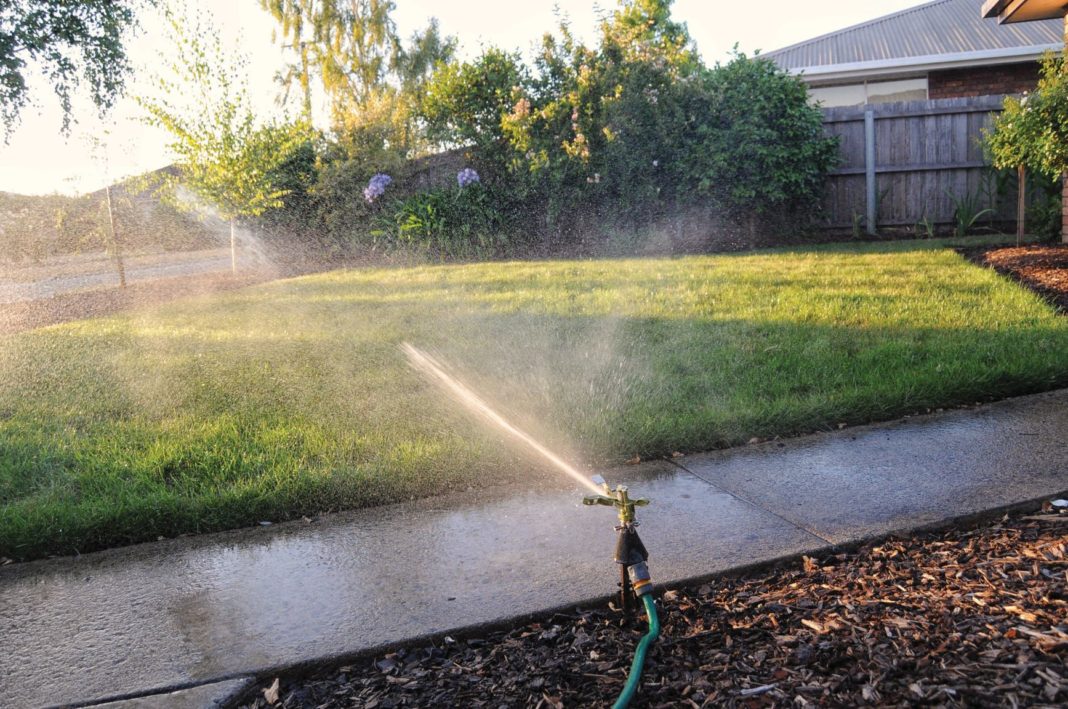Records could fall in ‘exceptional heat’ as Australia swelters through an intensifying heatwave.
In a severe weather update from the Bureau of Meteorology (BOM) posted on Monday 16 December, meteorologist Dr Adam Morgan said Australia is at the “start of a week of exceptional heat that is likely to break numerous December and all-time temperature records across the country”.
Dr Morgan said the temperature may even approach, or exceed, Australia’s warmest day on record which, as at Tuesday 17 December, stands at a nationwide average maximum 40.3oC set on 7 January 2013.
Locally, it is predicted to hit 43oC on Saturday 21 December which would top the previous high of 42.2oC recorded in February 1968. It would also become Canberra’s warmest December day on record. It reached 39.2oC on 21 December 1994.
In addition to the high temperatures, the BOM is forecasting severe intensity heatwave conditions. At this rating the heat can be challenging for vulnerable people, such as those over 65, pregnant women, babies and young children, and those with a chronic illness. Simple tips include: stay hydrated by drinking plenty of water, avoid being outdoors between 11am and 3pm, and seek shade when outside.
Overall, the BOM 2019/20 Summer Outlook is forecasting above-average maximum temperatures for most of Australia, with the eastern states likely to be drier than average.
BOM head of long-range forecasts, Dr Andrew Watkins, said Australia’s outlook was being influenced by one of Australia’s main climate drivers.
“The key culprit for our current and expected conditions is one of the strongest positive Indian Ocean Dipole (IOD) events on record,” Dr Watkins said. “A positive IOD means we have cooler than average water pooling off Indonesia, and this means we see less rain-bearing weather systems, and warmer than average temperatures for large parts of the country.”
Reduce your water use
As the region continues to head into a hot, dry summer, the ACT Government has launched a new awareness campaign to educate and encourage Canberrans to reduce their water use.
The ‘Care for Water’ campaign, led by Icon Water, encourages the ACT community to become ‘water wise’. The Icon Water campaign is being supported by the ACT Government and the Queanbeyan Palerang Regional Council.
In terms of introducing greater water restrictions in the ACT, an Icon Water spokesperson said a key part of the decision is dam levels – but they’re not the only factor.
“We use a dam level range of 35-40% full as an indicator that Stage 1 water restrictions may be required. We use a range because there are other factors that need to be included at the time of the decision: weather outlook – when is it likely to rain again?; consumption rate – are we using more than expected?; time of year – which relates both to weather and consumption; other factors – such as bushfires and water quality,” the spokesperson said.
“Trusting that Canberrans will reduce their water usage and based on historical data, our modelling indicates that it is still unlikely that we would need to trigger water restrictions until the end of 2020 at the earliest, if at all.”
What can you do?
- Limit time spent in the shower: aim for four minutes.
- Make sure your toilet isn’t leaking: a leaky toilet can waste 96,000 litres of water a year.
- Catch running water while waiting for it to warm up. Use it to water plants, rinse dishes, wash fruit and vegetables, or put it in the fridge to drink later.
- If you’re using a sprinkler or other irrigation system during spring, summer or autumn, you can only have them on before 9am and after 6pm (part of the Permanent Water Conservation Measures).
- Consider a rainwater tank: You can have your tank connected to your outdoor taps or even plumbed into your toilet or laundry. Toilets use approximately 14% of drinking-quality water in the house and washing machines use around 16%.
- Wash your car on the lawn, using a bucket, hose with a trigger nozzle, or high-pressure cleaner.
More tips to save water in homes, gardens and at work are available online at iconwater.com.au/savewater
AROUND THE REGION
Queanbeyan-Palerang: Queanbeyan-Palerang Regional Council announced on 11 December the need to suspend grading on some unsealed roads in rural parts of the Local Government Area due to ongoing dry conditions and a lack of access to water. Grading a typical 1km section of road uses between 30,000 and 40,000 litres of water.
Water restrictions are also in place with Bungendore on level 1 water restrictions and Braidwood moving to Level 3 restrictions on Friday 13 December as a result of no rain, a rapidly declining primary source of water and high levels of water usage while the community has faced the threat of recent bushfires.
Yass Valley: The Yass Valley has experienced significantly below average rainfall but, according to the Yass Valley Council, is faring better than other parts of the state with the Yass Dam sitting at approximately 97% capacity.
Yass Valley Council will continue to maintain its unsealed road network through targeted repairs until weather conditions allow grading of the unsealed road network to be achieved in a sustainable way that is not detrimental to the road surface.
Goulburn Mulwaree: All areas of Goulburn and Marulan with reticulated water moved to amber level water restrictions, the second level within Goulburn Mulwaree Council’s Water Use Policy, on 1 December.
The region has been on green level restrictions, the permanent water conservation level, with a target consumption of 270 litres per person per day. Under amber level restrictions, the target consumption is 230 litres per person per day.
For more:



